SUMMARY
This is AI generated summarization, which may have errors. For context, always refer to the full article.
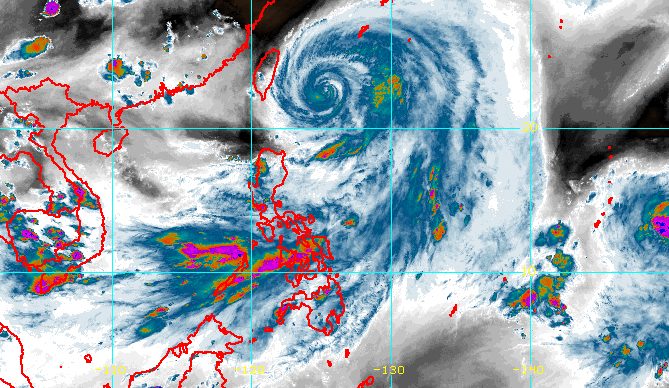
MANILA, Philippines – There are no more areas under Signal No. 2 due to Typhoon Betty (Mawar), which continued to move away from Northern Luzon on Wednesday afternoon, May 31.
But Betty is still enhancing the southwest monsoon or habagat, which is affecting Central Luzon, Southern Luzon, the Visayas, and Mindanao.
In its 5 pm bulletin on Wednesday, the Philippine Atmospheric, Geophysical, and Astronomical Services Administration (PAGASA) said Betty was located 410 kilometers east northeast of Itbayat, Batanes.
The typhoon accelerated, moving north at 15 kilometers per hour from 10 km/h.
It still has maximum sustained winds of 120 km/h and gustiness of up to 150 km/h.
The following areas in extreme Northern Luzon are left under Signal No. 1:
- Batanes
- eastern part of Babuyan Islands (Calayan Island, Babuyan Island, Camiguin Island)
The enhanced southwest monsoon will also bring occasional to frequent gusts to Western Visayas, Bicol, Mimaropa, the Ilocos Region, the Cordillera Administrative Region, parts of Cagayan Valley that are not under Signal No. 1, Aurora, and Quezon.
Even as Betty moves away, rain from the typhoon is possible until Thursday, June 1, in these areas:
- 100-200 millimeters (mm): La Union, Benguet
- 50-100 mm: Ilocos Norte, Ilocos Sur, Abra
PAGASA also warned of monsoon rain in Occidental Mindoro, Oriental Mindoro, Romblon, the northern part of Palawan – including the Cuyo, Calamian, and Kalayaan islands – and Antique. Many of these areas have been under heavy rainfall warnings due to the southwest monsoon since Tuesday, May 30.
The southwest monsoon may also cause scattered rain showers and thunderstorms in the rest of Luzon and the rest of the Visayas, and isolated rain showers or thunderstorms in Mindanao.
Affected areas must stay on alert for floods and landslides.

Both Betty and the southwest monsoon are still affecting coastal waters as well. A new gale warning was issued at 5 pm on Wednesday for these seaboards:
- northern seaboards of Northern Luzon – rough to high seas, with waves 3.1 to 6.5 meters high
- western seaboard of Southern Luzon as well as eastern seaboards of Luzon and of Visayas – rough to very rough seas, with waves 2.8 to 4.5 meters high
PAGASA warned that rough to high seas are risky for all vessels. In areas with rough to very rough seas, small vessels should not sail while larger vessels must be on alert for big waves.
Betty is expected to gradually accelerate from Wednesday to Thursday while generally heading north. But PAGASA said there may be “some wobbling in its movement,” such as “sudden turns” to the north northeast or north northwest, in the near term or in the next 12 hours.
The typhoon could shift more toward the northeast starting Thursday afternoon.
Betty may weaken into a severe tropical storm on Wednesday evening or Thursday morning, and into a tropical storm on Friday evening, June 2, or Saturday morning, June 3. It could be downgraded earlier than expected, too, due to the effect of dry air.
Since Betty is moving a bit faster, it could already exit the Philippine Area of Responsibility (PAR) on Thursday afternoon or evening.
Outside PAR, it may pass very close to or make landfall in the vicinity of Japan’s central Ryukyu Islands, possibly in Okinawa Island, by Thursday evening or early Friday morning.
Also outside PAR, Betty may start transitioning into a post-tropical cyclone on Saturday or Sunday, June 4.
Betty entered PAR as a super typhoon early Saturday, May 27, and before its entry, had reached a peak intensity of 215 km/h. It is the country’s second tropical cyclone for 2023 and the first super typhoon of the year. – Rappler.com
Add a comment
How does this make you feel?




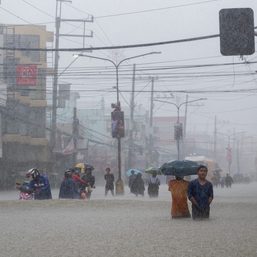
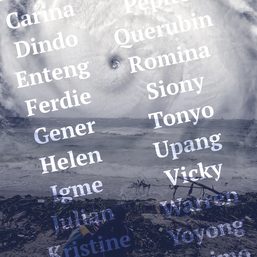
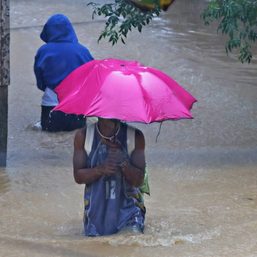
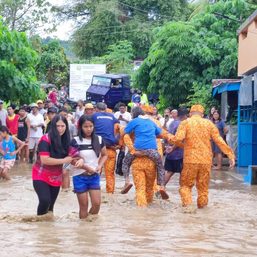
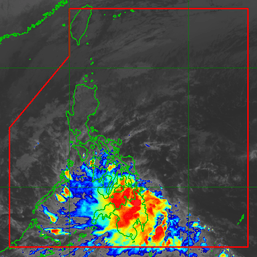

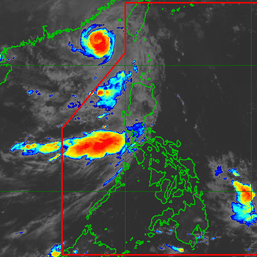
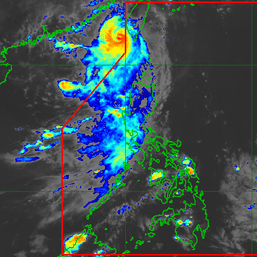
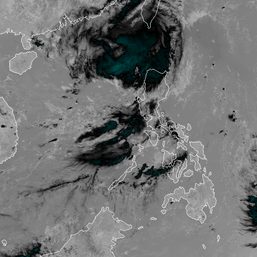
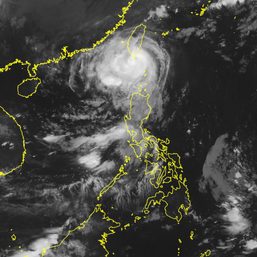
There are no comments yet. Add your comment to start the conversation.